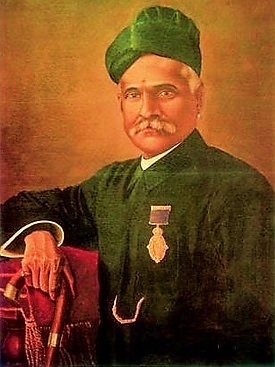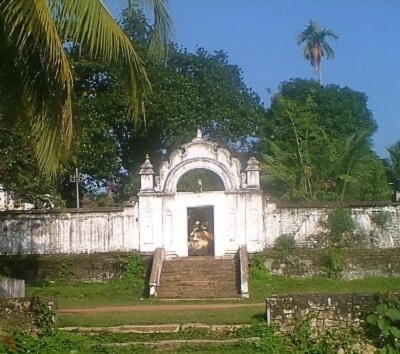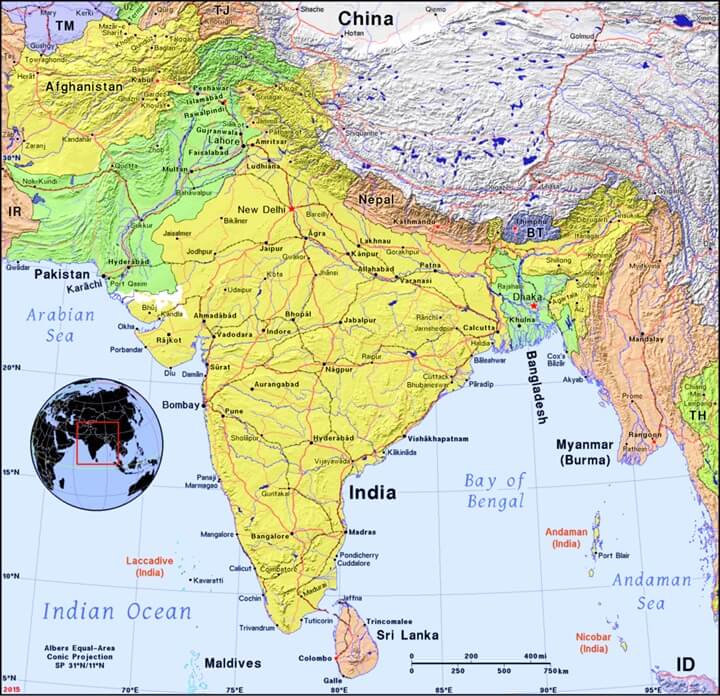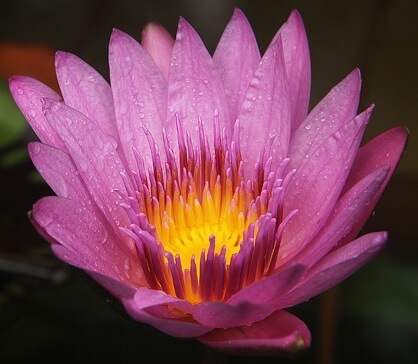Activity 1: Can You Find It?
Find the following in the artwork:
- Lakshmi
- Lotuses
- Earrings
- Bracelets
- Headdress
- Sari
- Bindi
- Elephant
- Tusks
- Flower Wreath
- Waterfall
- Mountains
Activity 2: Narrate the Artwork
- After studying the artwork, narrate the scene shown aloud using your own words.
Activity 3: Complete Vocabulary Activities
- While studying the new words, point out any you see in the painting.
- Define each of the vocabulary words in your own words.
Activity 4: Sketch a Lotus Flower
- According to legend, Lakshmi floated into the universe on a lotus flower.
- Sketch the lotus flower shown below.
Activity 5: Color the Map

- Click the crayon above, and complete page 32 of 'Art History Coloring Pages for Second Grade.'
Activity 6: Color the Artist

- Click the crayon above, and complete page 33 of 'Art History Coloring Pages for Second Grade.'
Activity 7: Color the Artwork

- Click the crayon above, and complete page 34 of 'Art History Coloring Pages for Second Grade.'




